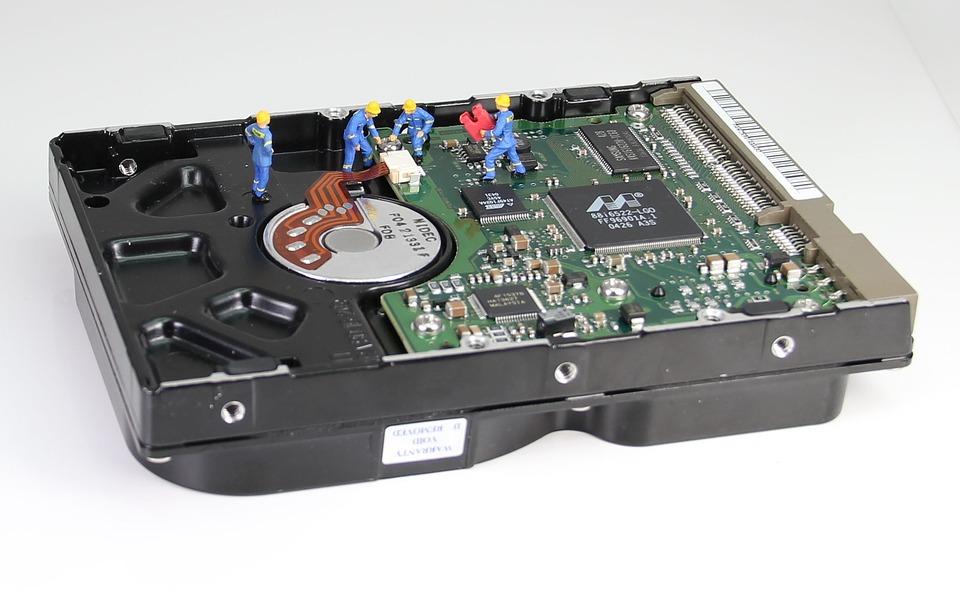
RAID, also known as Redundant Array of Inexpensive (or Independent) Disks, is a great way to provide system efficiency and data protection to a server – especially in an enterprise setting. Unfortunately, it's often mistaken as a full-scale backup device. While it's true that RAID offers many benefits, including data redundancy, it's never meant to be used as a single backup solution.
Instead, RAID is meant to be used in tandem with third-party backup software. Not only does this give you the benefits of RAID, like greater performance, efficiency, and data redundancy, but it ensures that you'll be able to recover any files if something goes wrong.
There are multiple RAID configurations you can use, depending on exactly what you hope to achieve, including:
- RAID 0: This would be the worst choice for data backup since it provides no fault tolerance or data protection of any kind. Instead, it spreads the data from individual files across multiple hard drives to achieve greater system performance.
- RAID 1: Although RAID 1 uses mirroring, which copies each file to multiple drives simultaneously, it's still not ideal as a single backup solution. It's primarily meant for continuity – if one drive fails, you can rely on the other drive until a replacement is installed.
- RAID 5: This configuration focuses on speed and data redundancy. As a result, it's not great for data backup. RAID 5 uses data striping, like RAID 0, with the addition of error-checking parity data. If an error is detected via the parity information, the original, correct data is immediately restored.
- RAID 1+0: Also known as RAID 10, this configuration combines RAID 0 and RAID 1 to include both data striping and data mirroring. While it's a great way to boost system efficiency and introduce some amount of fault tolerance, it's simply too expensive to serve as a single backup solution.
Now that you have a better understanding of the different RAID configurations, it's easier to see why RAID isn't a good choice for data backup. Some levels, such as RAID 0, can actually complicate the data recovery process and others, like RAID 1, could result in the complete loss of data in the worst-case scenario.
But there are some other reasons why RAID is a bad choice for data backup, including:
- RAID presents a single-point-of-failure: The ideal backup solution offers multiple fail-safes in case of an emergency. Although RAID technically uses multiple disks, it only counts as a single entity and, as such, a single (and vulnerable) point-of-failure.
- RAID isn't mobile: Backup data that is stored on an external drive or removable medium is easily transported to an off-site location, thereby protecting it in case of a natural disaster, fire, or robbery at the server's primary location. RAID servers are simply too large and bulky to be moved off-site during a company's off-time.
- RAID is still prone to user error: RAID servers involve complex technology, so they're still prone to simple user error. With a regular backup schedule on an external drive, you'll still have access to past versions of your data in case of accidental deletion or even an intentional, malicious action.
